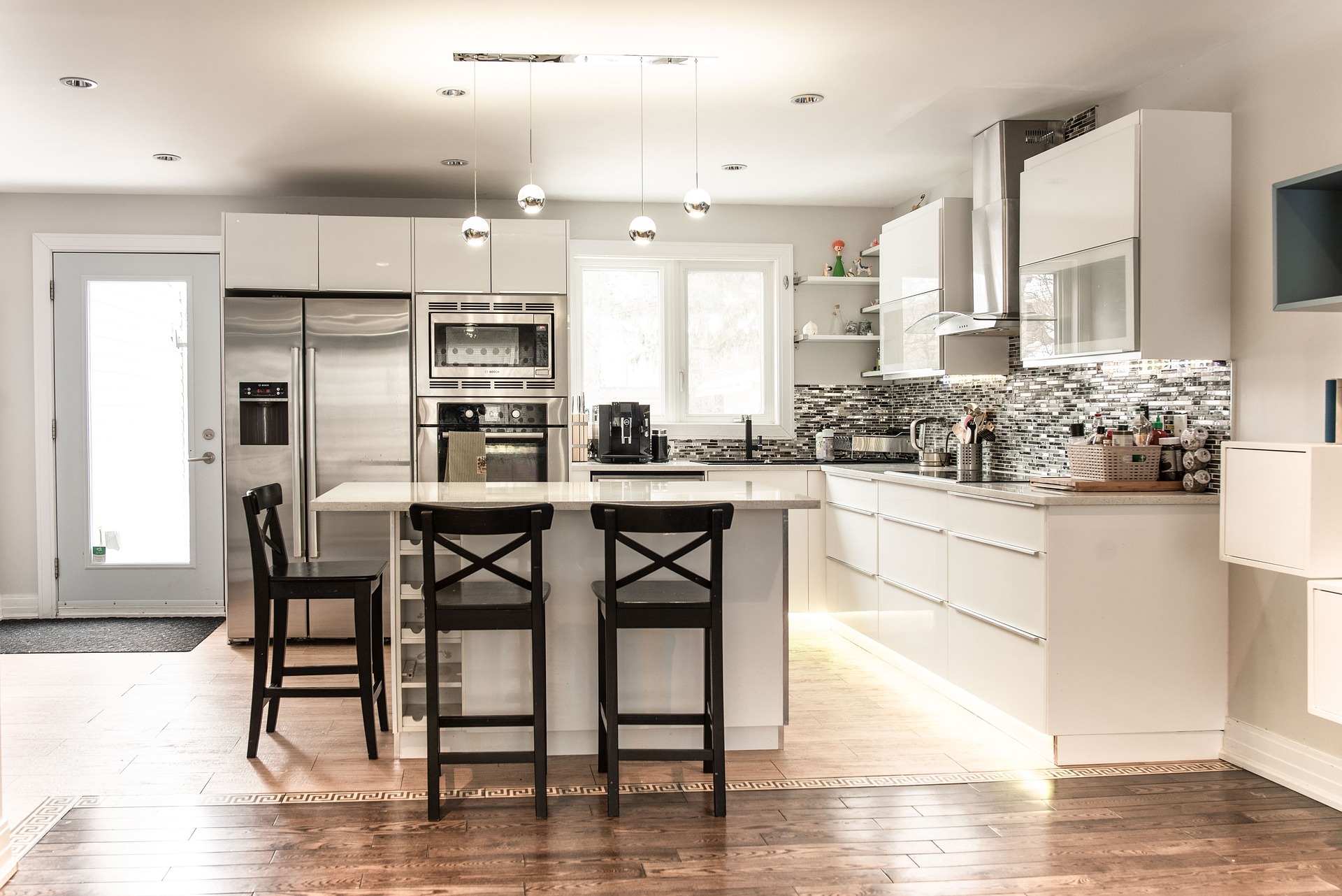How can I ensure proper ventilation in my remodelled kitchen?
How can I ensure proper ventilation in my remodelled kitchen?
In most houses, the kitchen is the hub of entertainment. People gather and make meals using ovens, cooktops, and a variety of other small appliances. However, according to findings from a public health study, the kitchen might not be as secure as people had believed.
According to the study, people who own homes with gas stoves may be exposing themselves to air pollutants such as benzene, xylene, and hexane. This can increase their chance of developing a number of illnesses, such as cancer and asthma.
Some specialists have even advocated against the future installation of gas stoves in newly constructed buildings.
Here are some things you can do to ensure proper kitchen ventilation:

Expertise and Experience:
The first thing that will hit your mind while thinking about hiring professionals is their experience and expertise. Professional contractors have a wealth of knowledge, skills, and experience in their work. Their expertise allows them to navigate the complexities of kitchen remodeling with precision and efficiency. From designing the layout to selecting materials, managing permits, and coordinating subcontractors, a seasoned professional contractor has a deep understanding of each facet of the remodeling process. Their expertise ensures that your project is executed seamlessly and according to industry standards. Also, the remodel will last for years as it has high quality, which may reduce unnecessary repair costs.
When using the stove, always turn on the range hood.
Every time you use the stove, turn on the range hood and turn it on right away if you’re cooking. This helps reduce smells, enhance airflow, and capture particles from burned food and greasy cooking. Set the kitchen exhaust fan to work as soon as you finish cooking.
While you are developing a routine for using the range hood, you should develop a routine for keeping the appliance maintained so that it performs as it should. Replace the filter in your range hood, if it has one, at least once a year and more regularly if the stovetop is used routinely.
Dish soap and a wire brush can be used to remove and clean metal mesh and baffle filters. Clean or replace the filter right away if you see any rust, punctures, warping, or grease accumulation on it.
Air out your kitchen with a fan.
The next best alternatives for enhancing kitchen ventilation in the absence of a range hood are fans installed in or close to kitchen windows.
You can purchase a variety of window fans because some feature two fans built into one device, like many window fans, and allow the user to switch the airflow direction to force stale kitchen air outdoors.
A simple box fan installed in your window works similarly to a window fan in aiding in the ventilation of your kitchen area. Place a box fan, such as a 3-speed box fan, inside the kitchen window’s frame, then shut the window so that it rests tightly against the top of the fan.
Fill in any openings on the fan’s sides. Make sure to adjust the fan’s blade orientation so that it draws stale, stinky air out while bringing in fresh air. Bring a fan into the kitchen and place it in the doorway, pointing outward, to draw air from the kitchen if there isn’t a window there. If there are windows in surrounding rooms, open those as well.
Consider using an oscillating fan with an ionizer feature to improve air circulation between rooms: The ionization filter catches allergies, and the oscillation circulates the air more effectively.
TPlug in a HEPA air purifier.
Over 99.7% of airborne particles larger than 0.3 microns are removed by hospital-grade HEPA air filters and purifiers.
In order to increase kitchen ventilation, get a HEPA filter that is suggested for multiple chemical sensitivities (MCS). Install it in your cook space if you use gas or have asthma or other cardiovascular conditions.
Calculate the room’s square footage (multiply the length by breadth) and compare it to the manufacturer’s recommendations to be sure the appliance you buy can manage the amount of air in your space.
Benefits of kitchen ventilation.
Effective kitchen ventilation is vital for improving indoor air quality by removing cooking pollutants before they penetrate surfaces like cabinets and walls. This prevents moisture-related issues and discoloration.
It also reduces cooking odours and grease buildup on drapes, walls, and clothes, ensuring a fresher environment. Moreover, proper ventilation safeguards cabinets from acidic residue and eliminates excess heat and noxious fumes, maintaining a healthier atmosphere.
Additionally, it curbs mould and bacteria growth on cooking surfaces, making cleaning easier. Overall, good ventilation enhances your living space by keeping it clean, fresh, and free from contaminants.
Adequate ventilation also aids in reducing the risk of respiratory issues and allergies by preventing the buildup of indoor pollutants.
Finally, well-ventilated kitchens promote a more comfortable cooking experience and contribute to a healthier living environment for occupants.
Final thoughts
Lastly, remember to keep the air in your kitchen clean and pollutant-free. Whatever choice you select, be sure to consider kitchen ventilation along with lighting while you discuss kitchen design concepts with an interior designer or a contractor.
